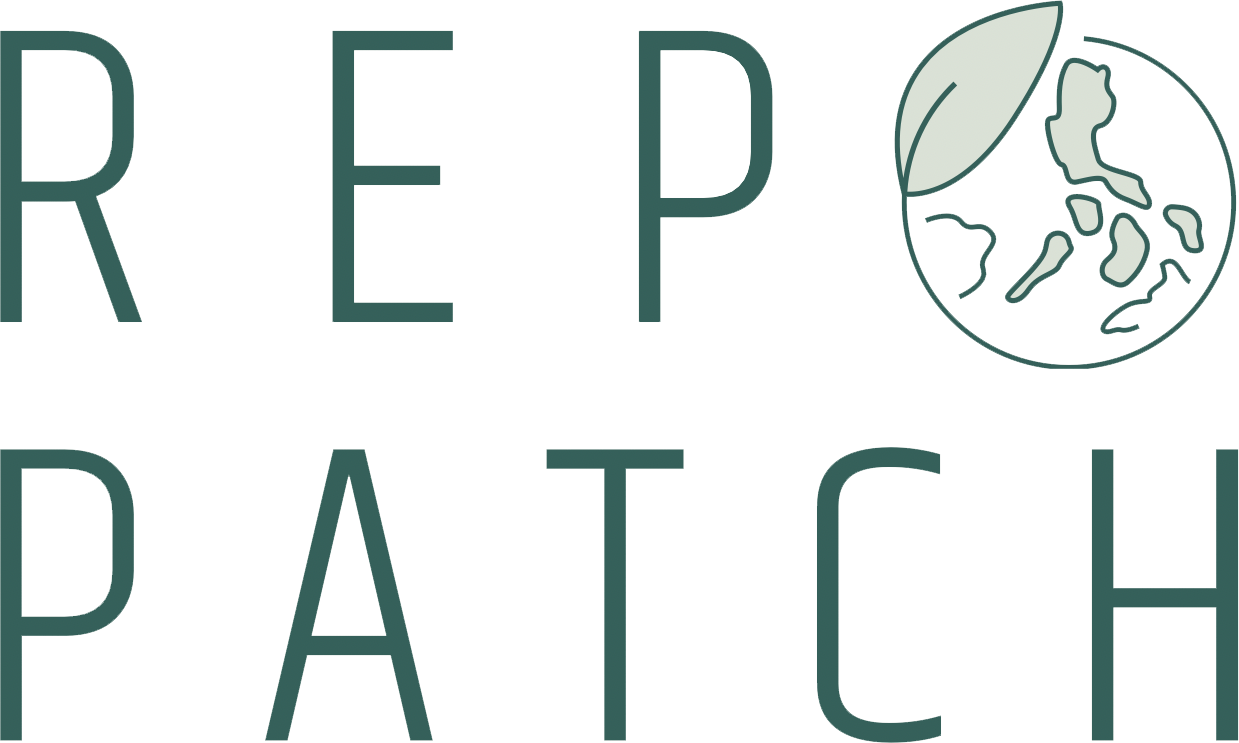
Close


We can define upcycling as ‘turning discarded products into a new product for a different purpose by repairing or renewing them’. So how does one upcycle food?
I can start with that classic sentence we’ve all heard for years. While there is a huge waste of food in our world, there are still people dying of hunger. This situation exists in our country and even in our city. Just as there are food upcycling steps we can do in our small home kitchens, there are also huge upcycling steps that can be done within the food industry.
I would like to give a few examples of these, but first let me tell you about the concept of “clean garbage”, which is a culinary term. Certain parts of the food we use are actually garbage. But most of it is suitable for use for another purpose, that is, it is clean garbage. Let’s give this concept a better name: Most of the food we use in the kitchen is clean waste. In other words, clean waste is open to upcycling. For example; Tomato peels, zucchini insides, the remaining parts of carrots and potatoes after use, celery leaves, parsley stalks, crushed strawberries, blackened bananas…
There are many examples of clean waste like these. In large kitchens or small kitchens, clean waste is often used. Now I would like to give an example with three vegetables that we all know well. The first of these is tomato. Most of the time, the skins of tomatoes are thrown away.
It is clean waste. When we peel the skin of tomatoes, the powerful antioxidant called ‘lycopene’ remains in the skin part and we cannot benefit from it. If we make a pasta sauce from clean waste tomato peels by upcycling them or if we dry them and use them as spices, then we will benefit from lycopene, which is very beneficial for the skin.
Our second vegetable that is open to upcycling is zucchini. Unlike tomatoes, the outer part of the zucchini, that is, the skin part, is often used in kitchens. The fibrous part (inner part) with strong pectin content is clean waste. If we upcycle the unused inner part into soup or use it in stews, we will also benefit from pectin fiber, which lowers cholesterol levels, and we will get 50% of our daily vitamin C needs.
So, how can carrots, every part of which has been used, become clean waste? Carrots are sometimes used as decoration and then become clean waste, sometimes carrots are only needed in their slim form and the part in the middle is clean waste. In this way, when we upcycle clean waste carrots into puree and offer them for consumption again, we benefit from the beta carotene antioxidant found in high amounts in carrots. Beta carotene is a very powerful antioxidant that gives carrots their orange color. It is also effective in protecting against cancer and is present in every part of the carrot. Food containing such a valuable ingredient should never be wasted. There are incredibly valuable ingredients in every food we consume. We should take advantage of these and minimize food waste.
Buse Kurt